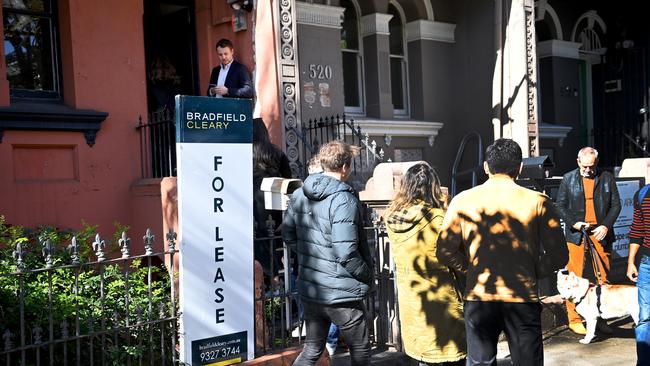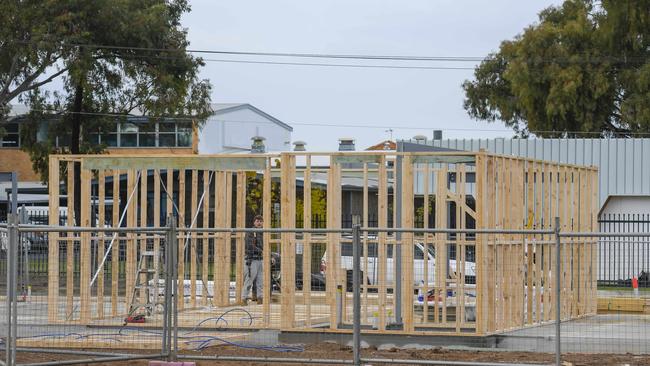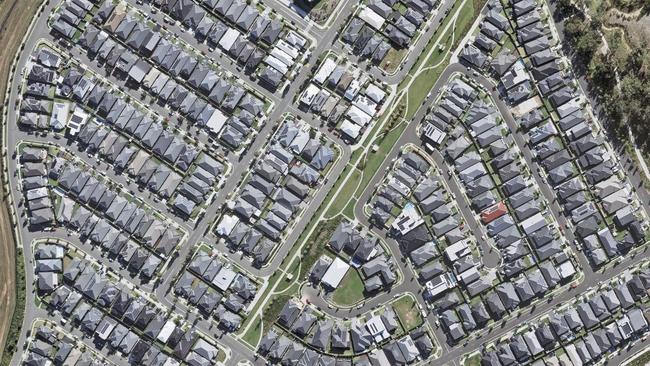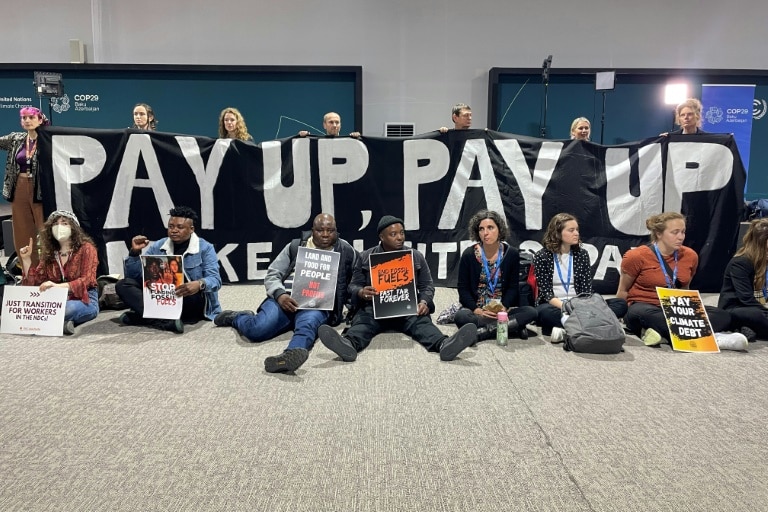Rents across Australia continue to skyrocket increasing more than 10 per cent in the last 12 months
Rents across Australia have continued to skyrocket with the median rental price increasing by 10.3 per cent across the nation.

An expert has warned the undersupply of rental properties will likely get worse as rents across Australia continue to skyrocket with prices in capital cities surging 10.3 per cent higher than they were 12 months ago.
Data from Proptrack revealed Sydney was still the most expensive city to rent a home in Australia, with the median rent rising 2.8 per cent over the past three months reaching $740 per week.
Perth had the strongest rental growth driven by a lack of supply surging 18.2 per cent in the past year with median house prices reaching $660, followed by Adelaide increased by 11.8 per cent to $600 and Melbourne by 10.6 per cent reaching $580.
Queensland saw the most growth in advertised rents and had the most expensive regional market, with a median of $620 per week.

Demand in the rental market has also seen prices for apartments surge over the June quarter narrowing the gap between the cost to rent a house and a unit.
Unit rents outpaced houses over the quarter as well as year-on-year, with houses commanding just a $30 premium in capital cities.
PropTrack senior economist Anne Flaherty said rising demand for rental properties had been in and around capital city areas, and close to CBDs where there were more units compared to houses.
The increased demand for rentals in inner city areas was being driven by overseas migration with people moving to Australia more likely to live closer to a CBD, place of work or university.
Every state in Australia had a shortfall of completed new homes to accommodate a growing population, with Ms Flaherty saying it would be years before Australia’s housing stock caught up with demand.

New dwelling approvals were sitting at a decade low and there had been a significant slow down in new construction starts.
“This means we are staring down a few years where the delivery of new housing is probably going to be below average, but our population growth has been at above average levels,” Ms Flaherty said.
“Unless something drastically changes and we see the speed at which new housing is constructed pick up, then undersupply issues are going to get worse.”
Real Estate Institute of Australia vice president Hannah Gill said there was no affordable stock on the market, and this financial year would see a shortfall of about 37,000 dwellings.
“That is not insignificant and over six-years the shortfall would actually widen to about 39,000 dwellings,” she said.
“We hold the view that is probably optimistic at best because we know that new dwelling commencements are at a historical low for a number of different reasons.
“We are certainly seeing rental income ratios increase for tenants across the country where they have to contribute more of their income to rent.
“This obviously has flow on effects towards rental stress and having to make choices about what they spend their money on week to week, which is not what we want for any Australian.”

Property investment expert Bushy Martin said median price data failed to show that the crisis in the rental market was happening at the affordable price points.
Mr Martin said while there was still growth, the rental market was softening in just about every state.
“The median rents don’t tell the true story because different price points and housing types are all operating very differently underneath that,” he said.
“The crisis areas are in rentals $500 or below, that is where the major focus is and where the massive shortages are occurring.
“Rents of $500 a week or below are under enormous pressure, no doubt there is a rental crisis in that market, but above that not so much,” he said.
“Property managers on the ground have indicated that four bedroom properties are now sitting vacant for quite extensive periods of time.”
Mr Martin said market dynamics would eventually see rental prices drop, which was happening in waves but the cycles in inflation and wage growth were holding it back.
“It all feels new right now, given the inflation, economic, wages and property cycle all tend to be out of sync.
“There will be a catch-up, it just means we are at the point end right now, it is all very hard and very difficult.”
Originally published as Rents across Australia continue to skyrocket increasing more than 10 per cent in the last 12 months


